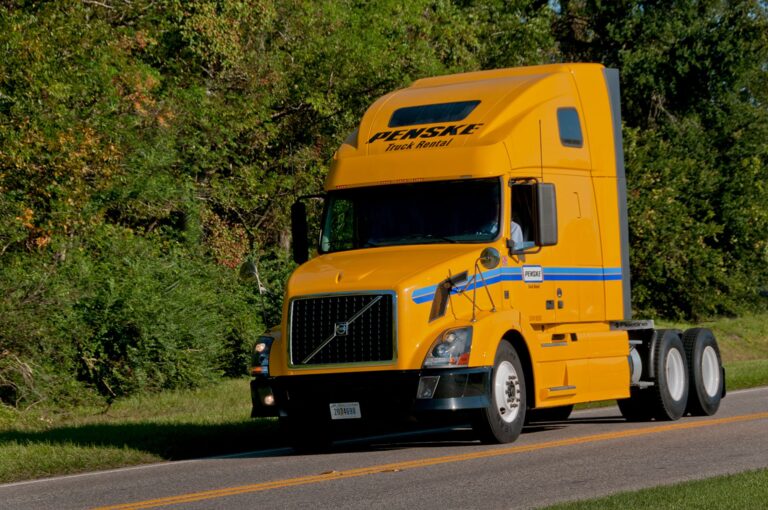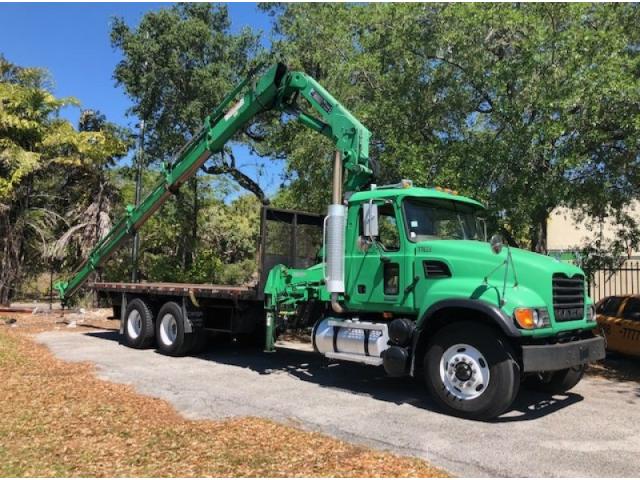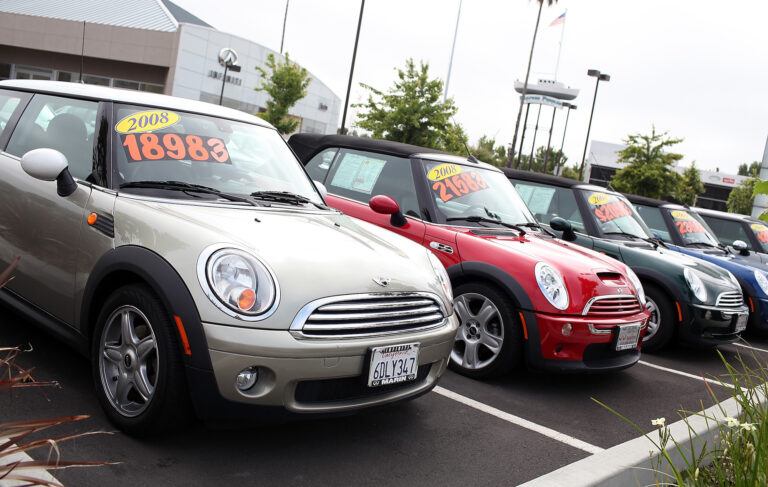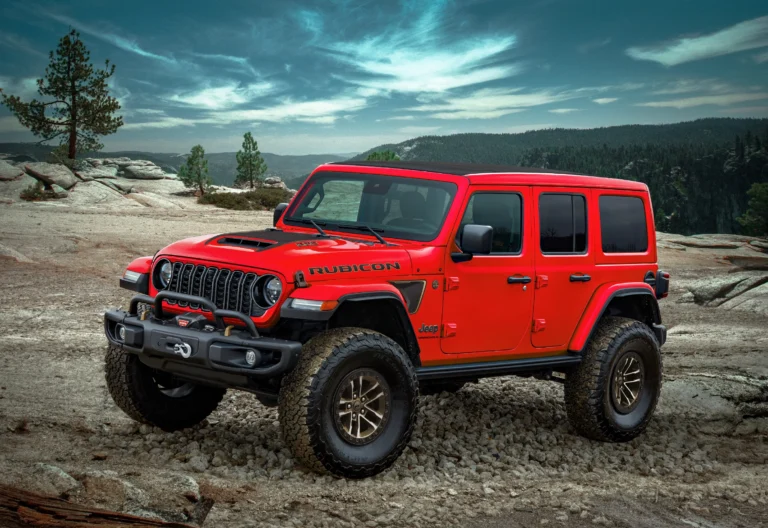Cherokee 4.0l Supercharger: Unleashing the Inline-Six Beast
Cherokee 4.0l Supercharger: Unleashing the Inline-Six Beast cars.truckstrend.com
Introduction: Revitalizing the Legendary 4.0L
The Jeep Cherokee XJ, with its iconic boxy silhouette and the legendary AMC 4.0-liter inline-six engine, holds a revered place in automotive history. Known for its rugged durability, abundant low-end torque, and remarkable simplicity, the 4.0L engine has powered countless adventures, from daily commutes to extreme off-road expeditions. However, as capable as it is, the stock 4.0L can sometimes feel underpowered, especially when faced with larger tires, heavier armor, or the demands of high-speed highway cruising. This is where the concept of a Cherokee 4.0l Supercharger comes into play – a powerful modification designed to breathe new life into this venerable powerplant, transforming a reliable workhorse into a formidable performer.
Cherokee 4.0l Supercharger: Unleashing the Inline-Six Beast
Supercharging a Cherokee 4.0L involves force-feeding more air into the engine’s cylinders than it would naturally ingest. This increased air density, combined with a corresponding increase in fuel, results in a significant boost in horsepower and torque. Unlike turbochargers that use exhaust gases, superchargers are belt-driven directly by the engine, providing instant power delivery with virtually no lag. For the Cherokee owner seeking substantial performance gains without resorting to an engine swap, a supercharger represents one of the most effective and exhilarating upgrades available, unlocking the true potential of the beloved 4.0L engine.
Understanding the 4.0L Engine and its Supercharging Potential
The AMC 4.0L (242 cubic inch) inline-six engine, produced from 1987 to 2006, is renowned for its cast-iron block, robust bottom end, and excellent low-RPM torque characteristics. Its inherent strength makes it a good candidate for forced induction. While it’s a torquey engine, its power output (typically 190 HP and 225 lb-ft torque in its High Output form) can feel inadequate for modern demands or heavily modified vehicles.
Supercharging is particularly well-suited for the 4.0L because it complements the engine’s natural strengths. A supercharger, especially a positive displacement type (like a Roots or Twin-Screw), provides instant boost right off idle, significantly enhancing the low-end and mid-range torque where the 4.0L already excels. This translates directly to improved throttle response, better acceleration from a standstill, and more usable power for crawling over obstacles or pulling heavy loads. Unlike turbochargers, which can suffer from lag before building boost, superchargers deliver power immediately, making them ideal for the varying demands of off-road driving or stop-and-go traffic.
Benefits of Supercharging Your Cherokee 4.0L
The decision to supercharge your Cherokee 4.0L brings with it a host of compelling advantages:
- Significant Power and Torque Gains: The most obvious benefit is a dramatic increase in both horsepower and torque. Depending on the kit and tune, gains of 30-50% are common, pushing a stock 190 HP engine well into the 250-300 HP range and torque figures even higher.
- Improved Acceleration and Responsiveness: Say goodbye to sluggish highway merges and slow acceleration. A supercharger transforms the Cherokee into a much more spritely vehicle, with instant throttle response and impressive acceleration.
- Enhanced Towing Capability: For those who tow trailers, boats, or other vehicles, the added power and torque make a substantial difference, reducing strain on the engine and making the towing experience safer and more comfortable.
- Better Performance with Larger Tires: Heavily modified Cherokees often run larger, heavier tires, which significantly impact performance. A supercharger easily compensates for this added rotational mass, restoring or even surpassing stock performance levels.
- More Enjoyable Driving Experience: Simply put, more power is more fun. Whether on the road or trail, the added grunt makes the Cherokee a joy to drive, capable of tackling more challenging terrain or simply cruising effortlessly.
- Maintained Engine Reliability (with Proper Care): When properly installed, tuned, and maintained, a supercharged 4.0L can retain its legendary reliability. The key is not to push the engine beyond its safe limits and to ensure all supporting modifications are in place.
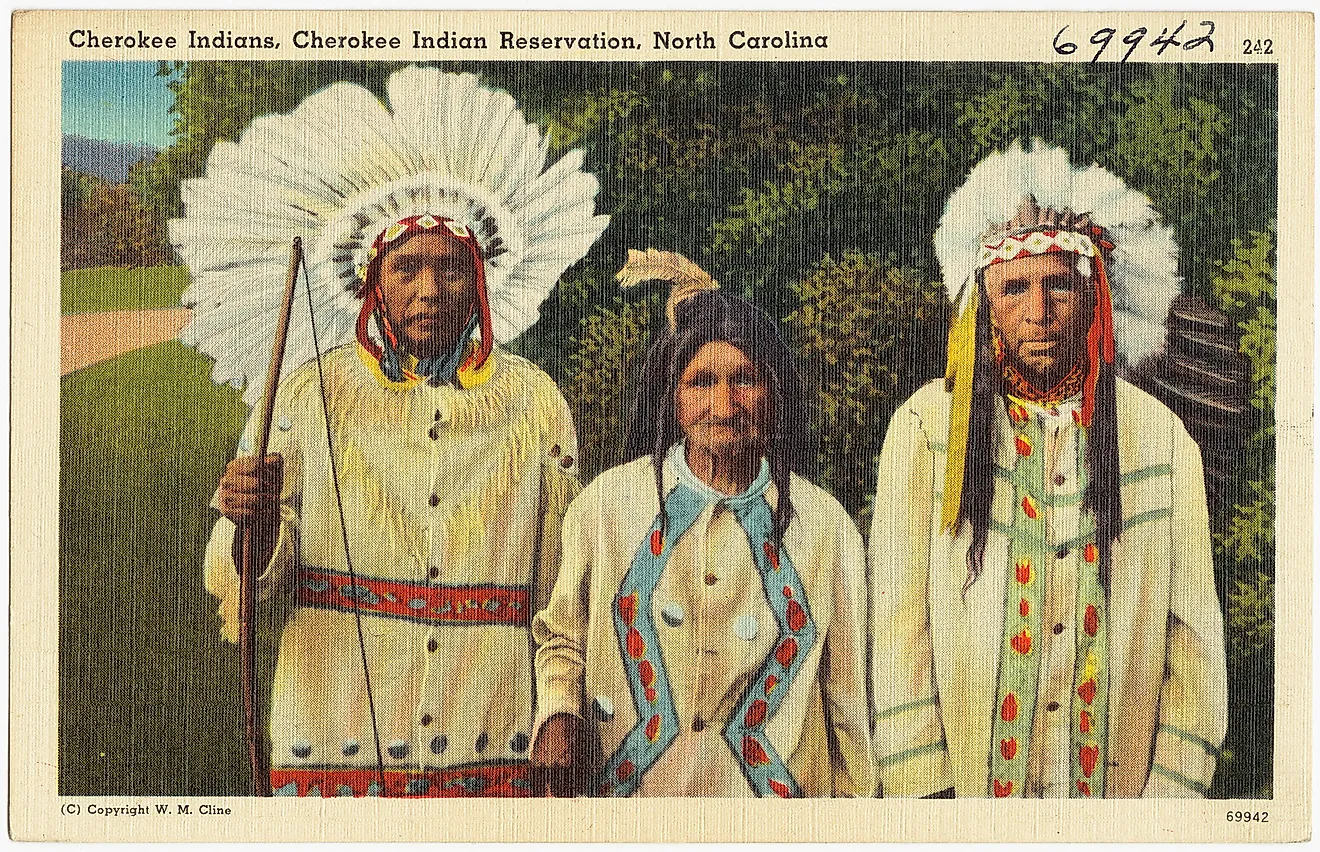

Types of Superchargers for the Cherokee 4.0L
While various supercharger designs exist, two main types are typically considered for the Cherokee 4.0L:

Roots-Type Superchargers: These are positive displacement blowers that deliver a fixed volume of air per revolution. They are known for providing instant boost right off idle and throughout the RPM range, making them excellent for low-end torque. Brands like Sprintex and older Jackson Racing/Magnuson kits fall into this category.
- Pros: Excellent low-end torque, instant boost, relatively simple design.
- Cons: Less efficient at higher RPMs, tend to produce more heat (requiring intercooling), can be bulkier.
-
Centrifugal Superchargers: These operate more like a turbocharger, using an impeller to draw in air and compress it. Boost builds progressively with engine RPM, offering strong top-end power gains. While less common for the 4.0L, some custom applications might use them.
- Pros: High efficiency at higher RPMs, more compact designs possible.
- Cons: Less low-end boost compared to Roots types, boost builds with RPM (some lag).
For the Cherokee’s intended use (off-roading, towing, daily driving where low-end grunt is valuable), Roots-type superchargers are generally preferred due to their immediate power delivery characteristics.
Key Considerations Before Supercharging
Supercharging is a significant modification and requires careful planning to ensure success and longevity.
- Engine Health is Paramount: Before even considering a supercharger, your 4.0L engine must be in excellent mechanical condition. This means good compression on all cylinders, no oil leaks, a healthy cooling system, and proper maintenance history. A supercharger will exploit any existing weaknesses.
- Fuel System Upgrades are Essential: More air requires more fuel. You will absolutely need larger fuel injectors and a higher-flow fuel pump to prevent a lean condition, which can quickly lead to catastrophic engine damage.
- Professional Tuning is Non-Negotiable: This is arguably the most critical aspect. A supercharged engine must be properly tuned to optimize air-fuel ratios, ignition timing, and other parameters for the increased boost. Generic tunes are risky. Invest in a custom dyno tune from a reputable tuner.
- Cooling System Reinforcement: Forced induction generates more heat. An upgraded radiator, high-performance electric fan, and potentially an auxiliary oil cooler are highly recommended to prevent overheating, especially under load or in hot climates. Many kits include an intercooler, which cools the compressed air before it enters the engine, significantly improving efficiency and reducing the risk of detonation.
- Drivetrain Durability: While the 4.0L is robust, the rest of the drivetrain might not be. Increased horsepower and torque will put more stress on the transmission, transfer case, axles, and U-joints. For aggressive driving or heavy off-roading, consider upgrading these components. An auxiliary transmission cooler is a must for automatic transmissions.
- Emissions Compliance: Be aware of local emissions regulations. Some supercharger kits may not be street legal in all areas, particularly in states with strict emissions testing (e.g., California).
- Budget Beyond the Kit: The cost of the supercharger kit is only part of the equation. Factor in the cost of fuel system upgrades, cooling system enhancements, tuning, professional installation (if not DIY), and potential drivetrain reinforcements.
The Installation Process: A General Overview and Tips
Installing a supercharger is not a weekend job for the novice. While detailed instructions come with kits, it requires mechanical aptitude, specialized tools, and patience.
General Steps (vary by kit):
- Preparation: Disconnect battery, drain coolant, remove air intake and various engine accessories (e.g., power steering pump, alternator depending on mounting).
- Manifold/Bracket Installation: Install new intake manifold (for Roots-type) or mounting brackets for the supercharger unit.
- Supercharger Mounting: Secure the supercharger unit to its brackets and connect the drive belt.
- Fuel System Integration: Install larger fuel injectors and the high-flow fuel pump.
- Intercooler Plumbing (if applicable): Install the intercooler and route all necessary piping and hoses.
- Accessory Relocation/Reinstallation: Reinstall any accessories that were removed, potentially with new brackets.
- Sensor and Wiring Connections: Connect various sensors (MAP, IAT, etc.) and route wiring harnesses.
- Cooling System Reconnection: Refill coolant and check for leaks.
- Initial Startup & Leak Checks: Carefully start the engine, check for leaks (fuel, air, coolant), and listen for any unusual noises.
- Tuning: This step is critical. The engine should not be driven hard until a proper tune is loaded and verified, ideally on a dyno.
Practical Tips:
- Read the Instructions Thoroughly: Before starting, read the entire instruction manual multiple times.
- Organize Parts: Keep track of all hardware and components. Label bags and take pictures.
- Quality Tools: Use proper tools to avoid stripping bolts or damaging components.
- Don’t Rush: Take your time. Rushing leads to mistakes.
- Seek Professional Help: If you’re unsure about any step, especially the tuning, consult with or hire a professional.
Maintaining Your Supercharged 4.0L
A supercharged engine requires more diligent maintenance to ensure its longevity and peak performance.
- More Frequent Oil Changes: High-quality synthetic oil is recommended, and oil change intervals should be shortened (e.g., every 3,000-4,000 miles).
- Monitor Gauges: Regularly check your boost gauge, air-fuel ratio (AFR) gauge (highly recommended), oil pressure, and coolant temperature. Any unusual readings warrant immediate investigation.
- Inspect Belts and Pulleys: Supercharger belts are under significant stress. Inspect them regularly for wear and proper tension.
- Cooling System Vigilance: Keep an eye on coolant levels and radiator condition. Flush the system periodically.
- Proper Fuel Octane: Always use the recommended premium octane fuel. Using lower octane fuel can lead to detonation and severe engine damage.
- Listen for Unusual Noises: Be attentive to any new sounds from the engine bay.
Challenges and Solutions
While supercharging offers immense benefits, it’s important to be aware of potential challenges:
- Challenge: Heat Soak: Especially with Roots-type blowers, the supercharger can get hot, heating the incoming air and reducing power.
- Solution: An efficient intercooler (air-to-air or air-to-water) is crucial. Upgraded cooling systems and potentially hood vents can also help.
- Challenge: Drivetrain Weaknesses: The stock transmission, axles, and U-joints may not handle the increased power, especially under heavy loads or aggressive driving.
- Solution: Consider upgrading components like axle shafts, U-joints, and reinforcing the transmission (e.g., heavy-duty clutch for manuals, stronger internals or a complete swap for automatics). An auxiliary transmission cooler is vital for automatics.
- Challenge: Tuning Issues: Incorrect or inadequate tuning can lead to poor performance, engine damage, or check engine lights.
- Solution: Invest in a professional, custom dyno tune. Ensure your tuner has experience with forced induction and your specific engine/kit. A wideband O2 sensor is invaluable for monitoring AFR.
- Challenge: Cost: Supercharging is a significant financial investment, not just for the kit but for all supporting modifications and potential installation costs.
- Solution: Budget realistically. Prioritize essential upgrades (fuel system, tuning, cooling) before considering purely performance-enhancing drivetrain components. Save up and do it right the first time.
- Challenge: Reliability Concerns: Some fear forced induction will inevitably reduce engine lifespan.
- Solution: This is largely mitigated by proper installation, expert tuning, and diligent maintenance. The 4.0L is inherently strong; don’t push it with excessive boost, and ensure proper fuel and cooling.
Practical Advice and Actionable Insights
- Do Your Homework: Research available kits, read reviews, and consult with other Cherokee owners who have supercharged their vehicles.
- Prioritize Supporting Mods: Don’t just buy the supercharger kit. Allocate a significant portion of your budget to the essential supporting modifications: fuel system, cooling, and most importantly, professional tuning.
- Baseline Dyno Run: If possible, get a baseline dyno run of your stock engine before installation. This provides a measurable comparison for your power gains.
- Consider Your Driving Style: If you primarily off-road at low speeds, a Roots-type supercharger’s instant torque will be more beneficial. If you want more highway passing power, a centrifugal might be considered (though less common for the 4.0L).
- Don’t Skimp on Tuning: This cannot be stressed enough. A good tune protects your engine and unlocks its full potential safely.
Cherokee 4.0l Supercharger Estimated Price Table
Please note: Prices are highly variable based on brand, new vs. used status, availability, and market fluctuations. Many kits for the 4.0L are no longer produced new, so availability can be limited. This table provides estimated ranges for a comprehensive setup.
| Component/Service | Description | Estimated Price Range (USD) | Notes |
|---|---|---|---|
| Supercharger Kit | Complete kit (Roots or Centrifugal) with manifold, pulleys, brackets. | $3,500 – $6,500 | New kit availability limited. Brands like Sprintex, older Magnuson/Jackson Racing. |
| Fuel Injectors | Larger flow rate, required for increased fuel demand. | $300 – $600 | Absolutely essential upgrade. |
| High-Flow Fuel Pump | Ensures adequate fuel pressure under boost. | $150 – $350 | Absolutely essential upgrade. |
| Engine Management/Tune | Custom ECU reflash or piggyback system; professional dyno tuning. | $500 – $1,500 | Crucial for safety, performance, and engine longevity. |
| Intercooler Kit | Air-to-air or air-to-water (if not included in supercharger kit). | $400 – $1,200 | Highly recommended for reliability and consistent power. |
| Upgraded Spark Plugs | Colder heat range plugs to prevent pre-ignition. | $50 – $100 | Minor cost, but important for reliability. |
| Boost Gauge | For monitoring boost pressure in real-time. | $50 – $150 | Recommended for driver feedback and safety. |
| Wideband O2 Sensor | For accurate Air-Fuel Ratio monitoring (especially during tuning and initial setup). | $150 – $300 | Essential tool for tuners and for personal monitoring. |
| Cooling System Upgrades | Heavy-duty radiator, electric fan upgrade, auxiliary transmission cooler. | $300 – $800 | Prevents overheating under increased engine load. |
| Professional Installation | Labor cost if not a DIY project. | $800 – $2,000+ | Varies greatly by shop, location, and complexity. |
| Drivetrain Reinforcement | Axle shafts, U-joints, transmission rebuilds/upgrades (optional, for hard use). | $500 – $3,000+ | Depends on power added, intended use, and existing drivetrain condition. |
| Total Estimated Cost | (Kit + Essential Upgrades + Tuning + Basic Installation) | $6,000 – $12,000+ | This is a significant investment; budget accordingly. |
Frequently Asked Questions (FAQ)
Q1: Is supercharging safe for my 4.0L engine?
A1: Yes, absolutely, provided the engine is in good health beforehand, and the supercharger is installed correctly with proper fuel system upgrades and, most importantly, a custom professional tune. Neglecting any of these can lead to damage.
Q2: How much power gain can I expect from a 4.0L supercharger?
A2: Typically, you can expect gains of 30-50% in both horsepower and torque over the stock engine. For a 190 HP engine, this means pushing into the 250-300 HP range.
Q3: Will supercharging reduce my engine’s lifespan?
A3: Not necessarily. If properly installed, tuned conservatively (not pushing excessive boost), and diligently maintained, a supercharged 4.0L can last a long time. Abuse, poor tuning, or inadequate supporting modifications are what significantly reduce lifespan.
Q4: Do I need to upgrade my transmission?
A4: For automatic transmissions, an auxiliary cooler is highly recommended. For heavy off-road use or aggressive driving, strengthening the transmission (e.g., a rebuild with heavy-duty components or a stronger swap) might be necessary. Manual transmissions typically need a stronger clutch.
Q5: What kind of fuel do I need to run with a supercharger?
A5: You will almost certainly need to run premium (higher octane) fuel to prevent detonation (knocking) due to the increased cylinder pressures. Always follow the tuner’s recommendation.
Q6: Can I install the supercharger myself?
A6: If you have significant mechanical experience, the right tools, and are comfortable with detailed instructions, it is possible. However, due to the complexity and critical nature of this modification, professional installation and tuning are highly recommended for safety and optimal performance.
Q7: What are the common brands for 4.0L supercharger kits?
A7: Historically, Jackson Racing (later Magnuson) offered kits, and more recently, Sprintex has been a prominent name. Due to the age of the platform, finding brand-new kits can be challenging, and some owners opt for used kits or custom setups.
Concluding Summary: A New Chapter for the Cherokee
The Cherokee 4.0l Supercharger is more than just a performance upgrade; it’s a transformative modification that redefines the driving experience of an already legendary vehicle. By force-feeding the venerable AMC 4.0L engine, a supercharger unlocks substantial power and torque, addressing the limitations of the stock powerplant and making the Cherokee XJ incredibly capable, whether navigating city streets, conquering challenging trails, or effortlessly towing heavy loads.
While it represents a significant investment in terms of cost and required supporting modifications, the enhanced performance, improved drivability, and sheer enjoyment derived from a supercharged Cherokee are undeniable. For the dedicated enthusiast seeking to elevate their XJ’s capabilities without sacrificing its iconic character, supercharging offers a compelling and rewarding path forward, ensuring the legendary 4.0L inline-six continues to roar for years to come.
